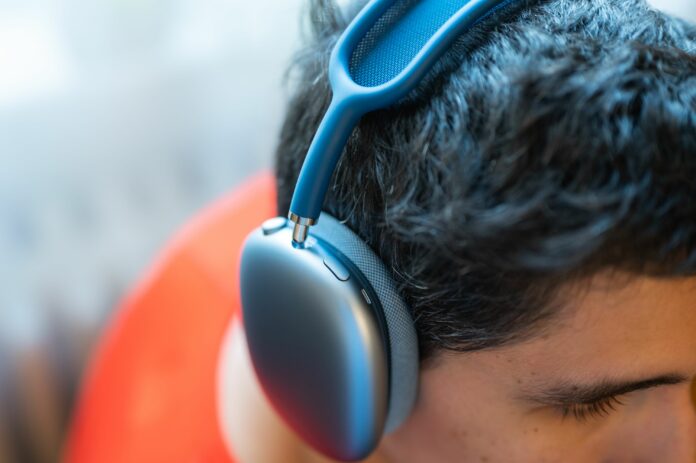
For families who want to keep their tween children from spending too much time in front of screens, a new study offers illuminating – and potentially challenging – advice: Parents, you’ll need to put your phones down first.
The study, published this month in the journal Pediatric Research, examined the links between parenting strategies involving digital media and early adolescent screen use. Among the most striking findings: Parental screen use was strongly associated with higher adolescent screen time and problematic social media or video game use.
“One of the biggest predictors of adolescents’ screen use is their parents’ screen use,” says Jason Nagata, a pediatrician at the University of California at San Francisco and the lead author of the study. This might feel startling, given that preteens are increasingly independent and influenced by their peers. But parental modeling still matters: “It’s especially important that parents follow their own rules and practice what they preach,” Nagata says, “because even if they think their kids aren’t watching them, they really are.”
The study examined data from a racially and economically diverse sample of more than 10,000 American 12- and 13-year-olds and their parents, who answered a questionnaire about their screen use and parenting strategies. Participants indicated whether they felt their relationship with screens was problematic – for instance, if they feel that they can’t stop looking at their devices, lose track of how often they’re using their phone, or find their phone habits are interfering with their social life or ability to focus at school.
The results of the study identified time frames when screen use appears especially harmful. Over a third of families reported that they often watched a screen during meals, and nearly half of adolescents reported having access to a phone while in bed. The use of screens during mealtimes and at bedtime was associated with higher overall screen time as well as problematic social media, video game and mobile phone use, the study found. (The results may not be representative of all U.S. parents and teens, as the study did not rely on a national random sample.)
Committing to screen-free meals and bedtime routines is one key, actionable takeaway, Nagata says. “Of the different parenting practices that we examined, the one that had the most significant effect was limiting bedtime screen use,” he says. “So if you only choose one rule to implement, that may be the most effective one for reducing total screen time.”
The study caught the attention of Megan Moreno, professor of pediatrics at the University of Wisconsin School of Medicine and Public Health and co-director of the American Academy of Pediatrics Center of Excellence on Social Media and Youth Mental Health. Moreno, whose expertise is in the field of adolescent health and digital media, says she has been troubled by the widespread message – “almost to the edge of moral panic” – that social media use is causing adverse mental health outcomes for adolescents. “That has been a narrative I’ve been really interested in because I’ve really been wanting to see: Where is that evidence?” she says. “And it hasn’t been there.”
What she has noticed in the emerging research – including this new study – are findings that underscore the importance of parental behavior, parenting practices around digital media and an adolescent’s home environment. In her own research, she says, adolescents who reported having strong mental health also indicated that they had close parent-child relationships, their parents implemented rules and boundaries, “and parents didn’t use social media around [their children] very much,” she says.
But she also doesn’t think parents need to feel judged or shamed by these findings: “I don’t think that is helpful. To me, the message is: Parents, even when you feel that your early adolescent might be pulling away, if you perceive that they’re growing up, your role is still so absolutely important,” she says. Being present and available to them – without a phone in your hand – “really makes a difference.”
The study also highlighted the benefits of establishing limits and guidelines for screen use. About 67 percent of parents reported that they monitor their adolescent’s screen time during the week, and more than 76 percent said they impose limits on screen time – and those strategies were linked with both lower overall adolescent screen use and lower problematic screen use, Nagata said.
But many parents also use screen time access to try to control a child’s behavior. Seventy-eight percent of parents in the study reported taking away screen time as a punishment for bad behavior, and almost 39 percent said they offered it as a reward. The study indicated that these parenting methods actually backfire: “Using screens as either a punishment or reward was associated with overall more screen time,” Nagata says. “That was a little bit of a surprising finding for me, initially … but many young adolescents are very tech savvy, so even if you try to institute restrictions or punishments, they may be able to get around them.”
The better approach, he says, is to have a clear family plan for media use, with understood guidelines and an open line of communication as both parent and child navigate our screen-saturated reality. “I know that this is really hard for everyone, and despite our best intentions, kids and adults may not be able to always follow these rules,” Nagata says. “So I also think it’s a good opportunity to have open conversations with your preteens when we sometimes fall short.”
If we can be honest about our own struggles with screens, he says, it lets adolescents know they can do the same. “In a few years, they will be older adolescents, and once they’re 18, they are able to make all these decisions on their own,” he says, “so you do want to teach them good practices that they can incorporate into their adult life.”
(c) Washington Post












Uh oh.